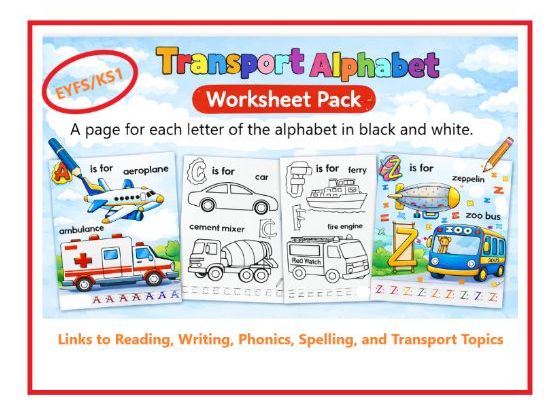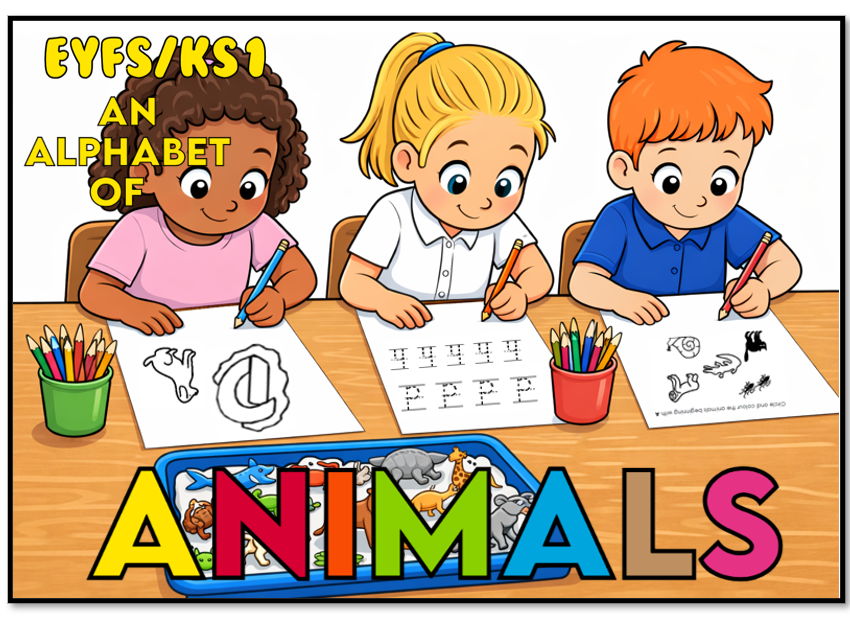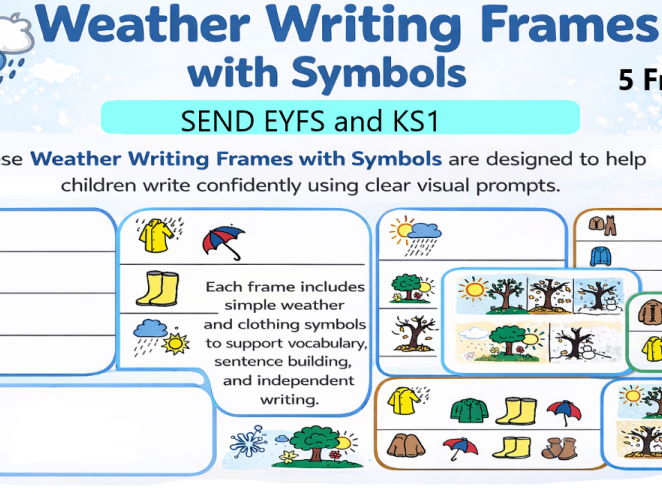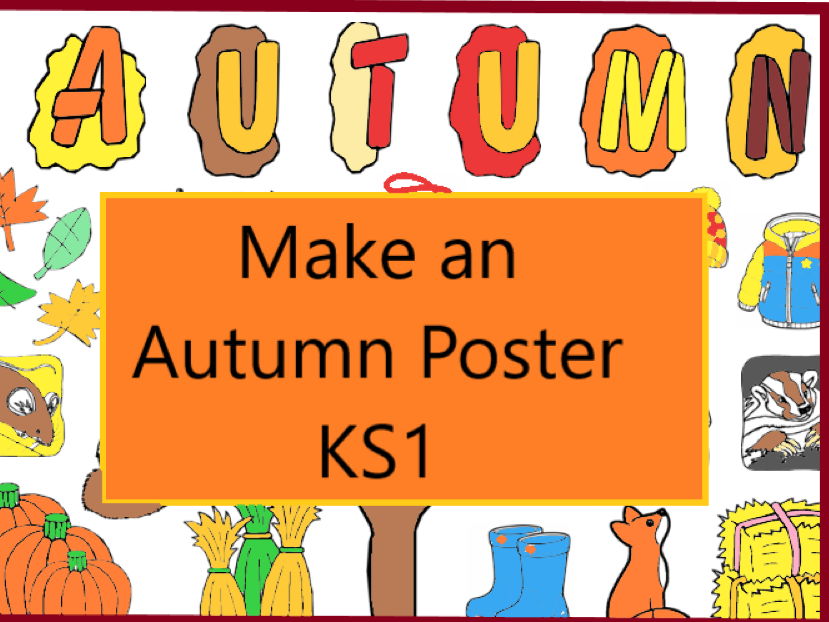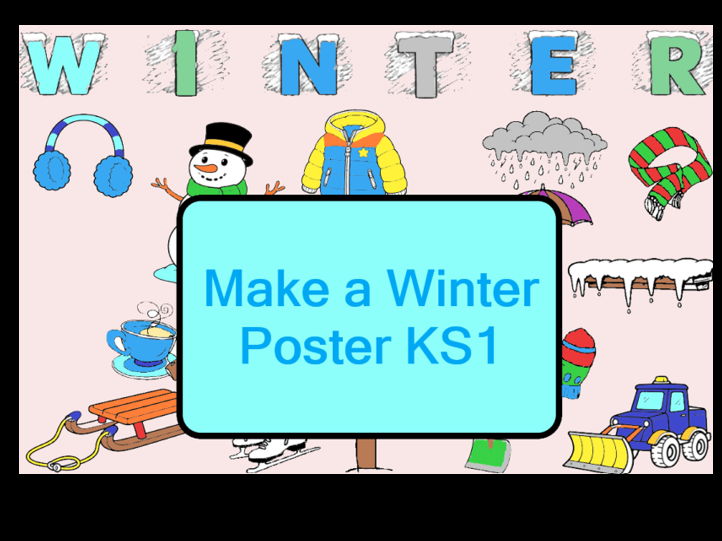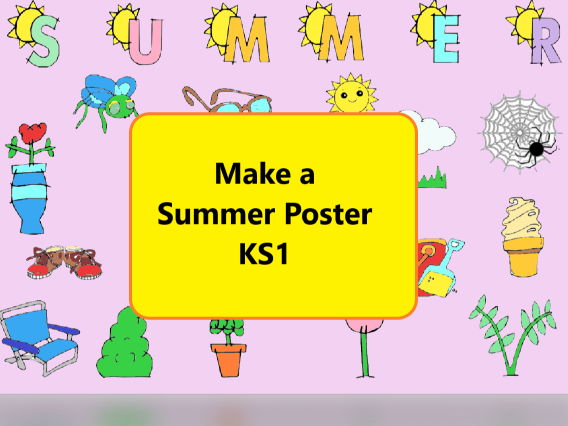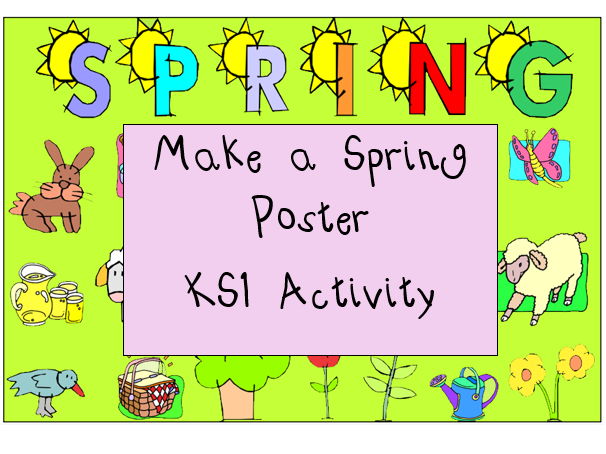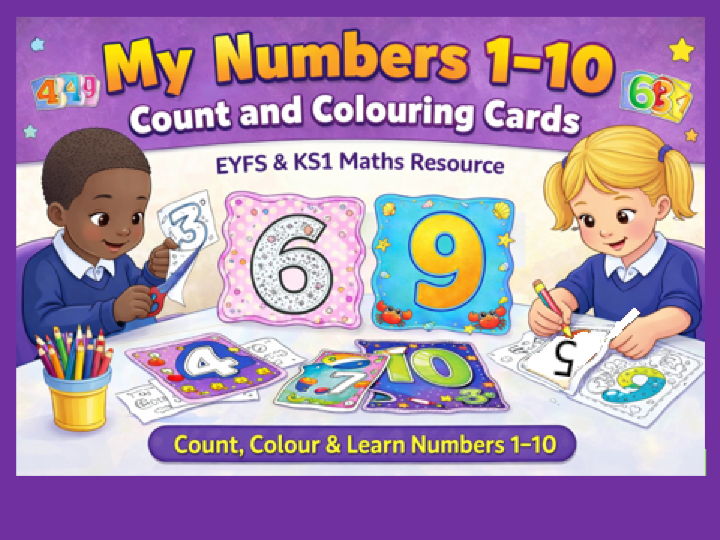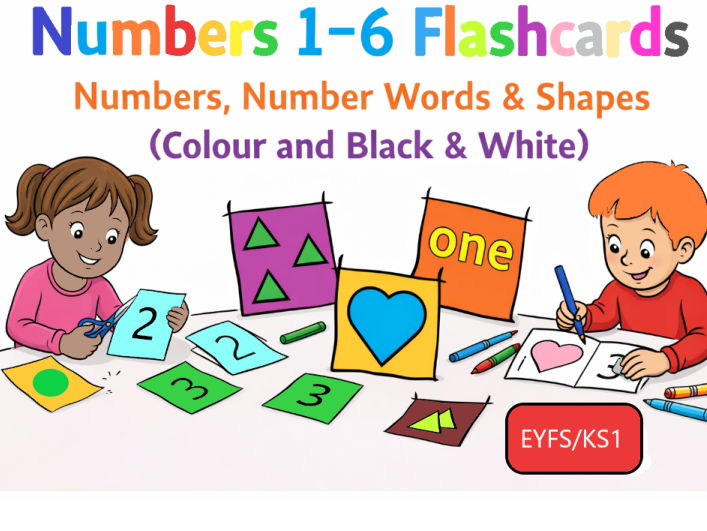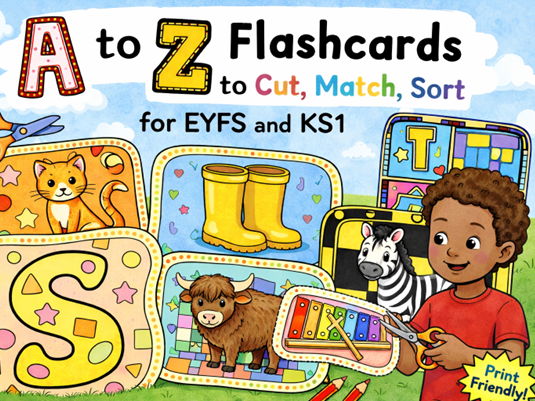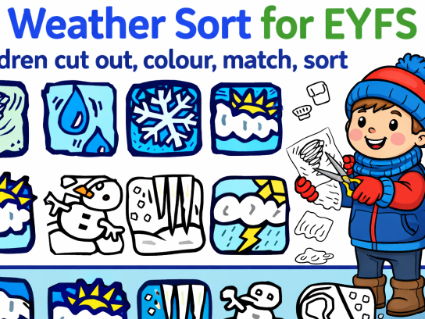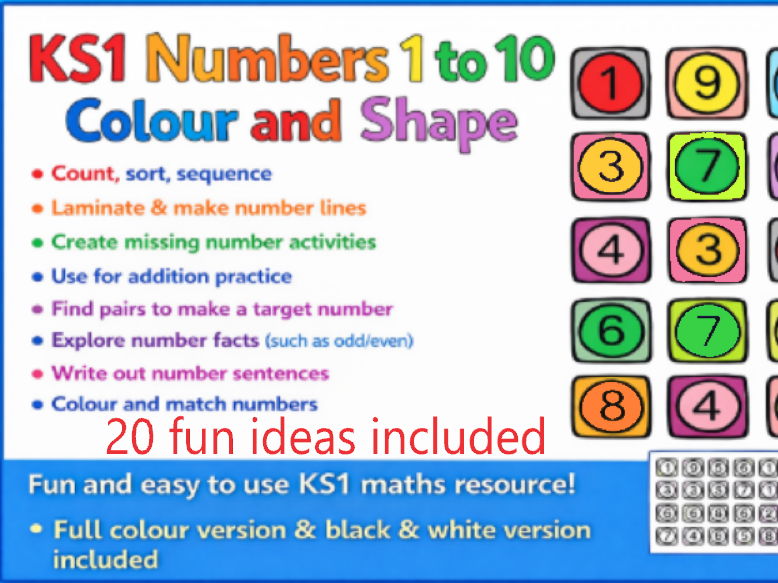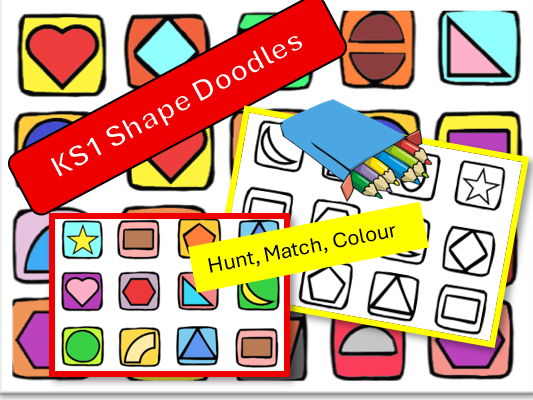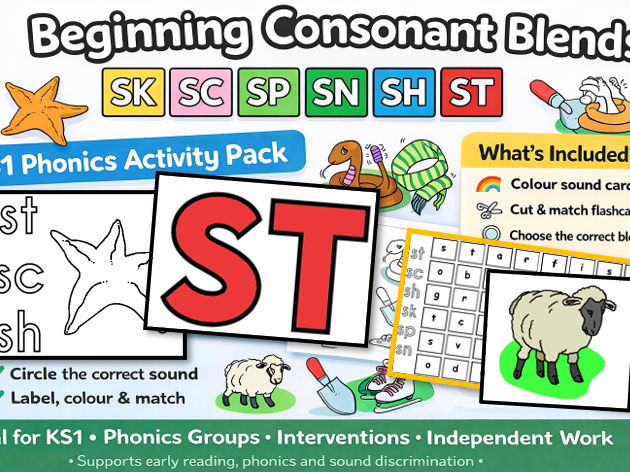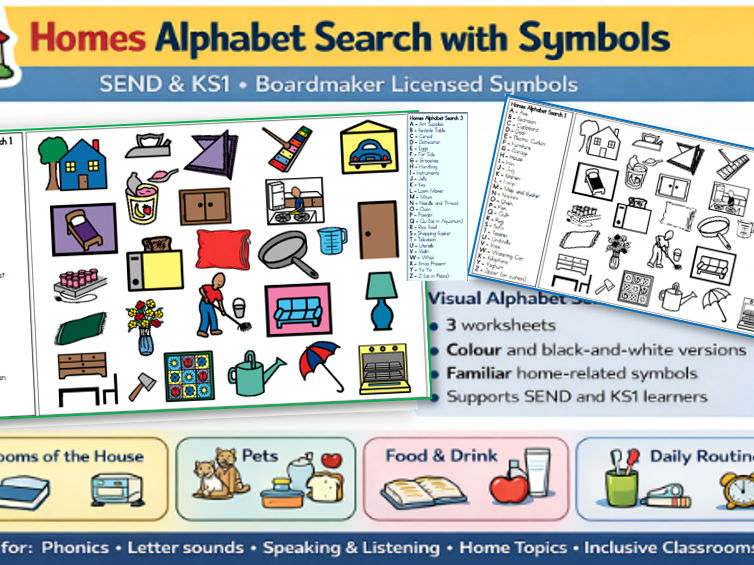Teaching and Learning Resources for Early Learners and KS1
Looking for something fresh and original to ignite your classroom? Dive into a treasure trove of resources designed to captivate and inspire KS1 children. Plus, explore engaging materials for Key Stage 2 and tailored resources for SEND learners. From Phonics to Speaking & Listening, Reading & Writing activities, Maths, PSHE and a variety of exciting topic-based resources, you’ll find everything you need to create new lessons that stand out.

